Introduction of Flavor characteristics of Huakui Coffee Bean production area description of the difference between the new Huakui coffee bean and Huakui 6.0
I believe that many small partners have heard of "Huakui Coffee Beans" when they come into contact with fine coffee ~ From the 2017 TOH competition overnight fame, to being brought to the competition by Chinese baristas and winning the championship, this year's Huakui "hanging" rose summer varieties, but also let and drink coffee people unforgettable.
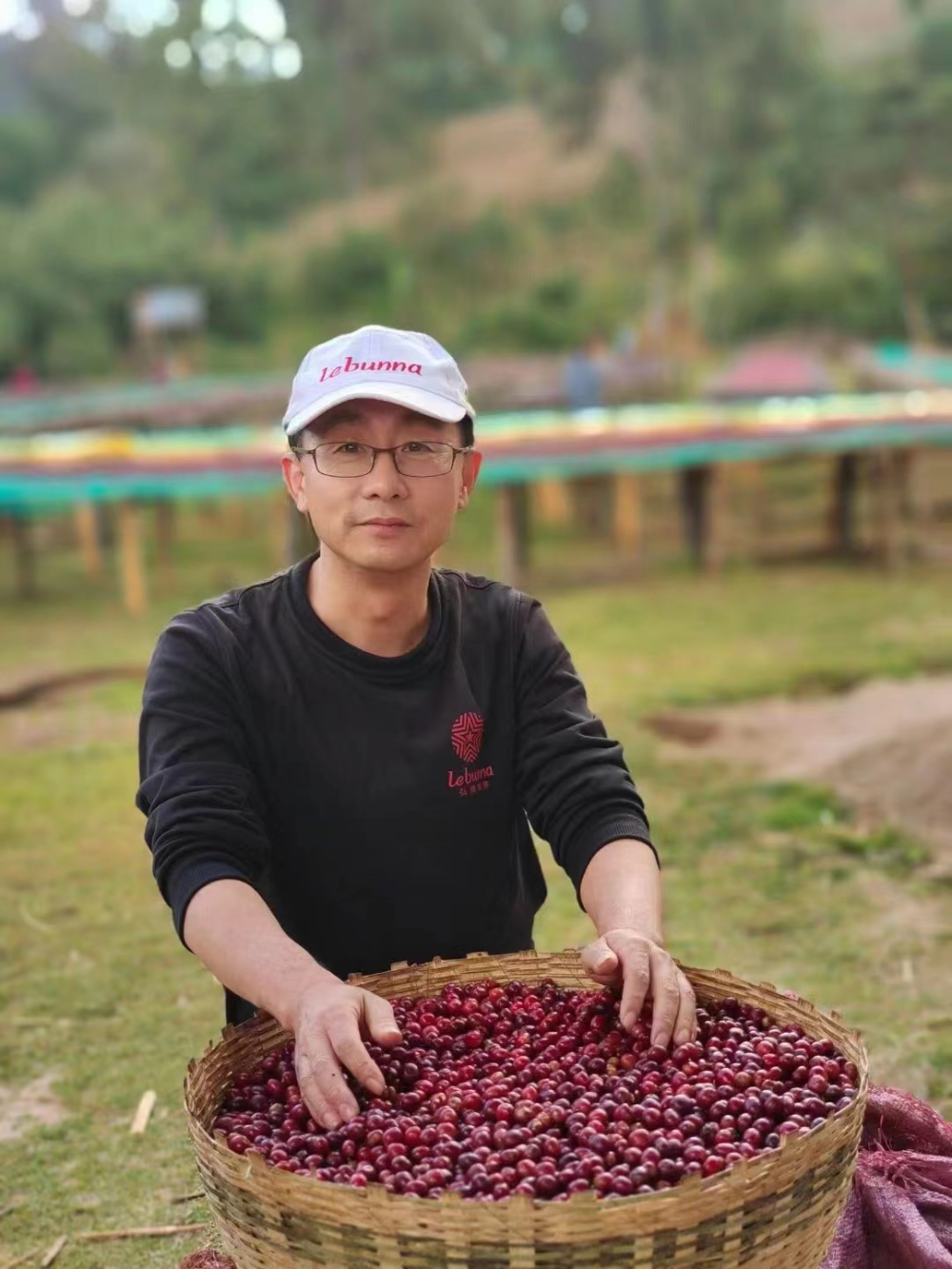
The reason why Huakui Coffee is so popular is because the 2017 TOH Sunlight champion Huakui Coffee beans have a very attractive flavor, strawberry creamy smooth, rose aroma, tropical fruit-like fermentation. Although the Huakui X.0 coffee beans in the later production season are not as amazing as the Huakui coffee in 2017, their full juice feeling and black tea-like sweet flavor characteristics + extremely high cost performance make many beginners realize for the first time that the original coffee is not only bitter, but also fresh and attractive like fruit tea.
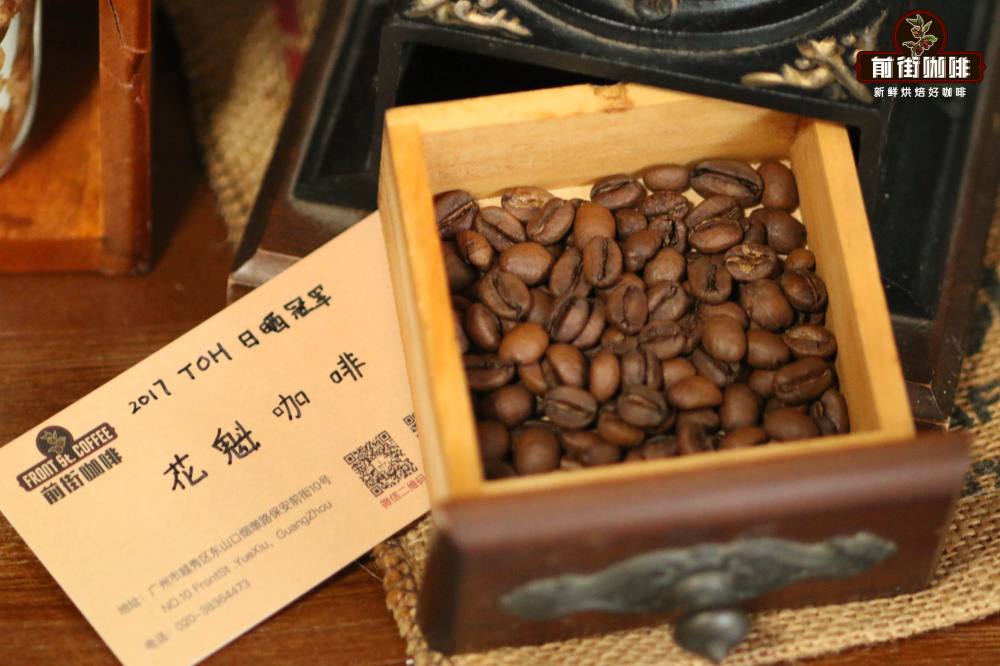
"Is the current Huakui X.0 series coffee bean different from the 2017 Huakui coffee bean?" Yes, the flavor is definitely different. Coffee as a crop, coffee fruit growth and flavor formation are affected by climate, soil, environment and other aspects. Just because a year's coffee flavor is refined does not mean that every year's coffee flavor will be refined. Therefore, in order to distinguish the coffee beans of each production season, DW Green Bean Company uses X.0 to distinguish them, that is to say, the coffee beans produced in 2018 are Huakui 2.0... The coffee beans produced in 2022 are Huakui 6.0.
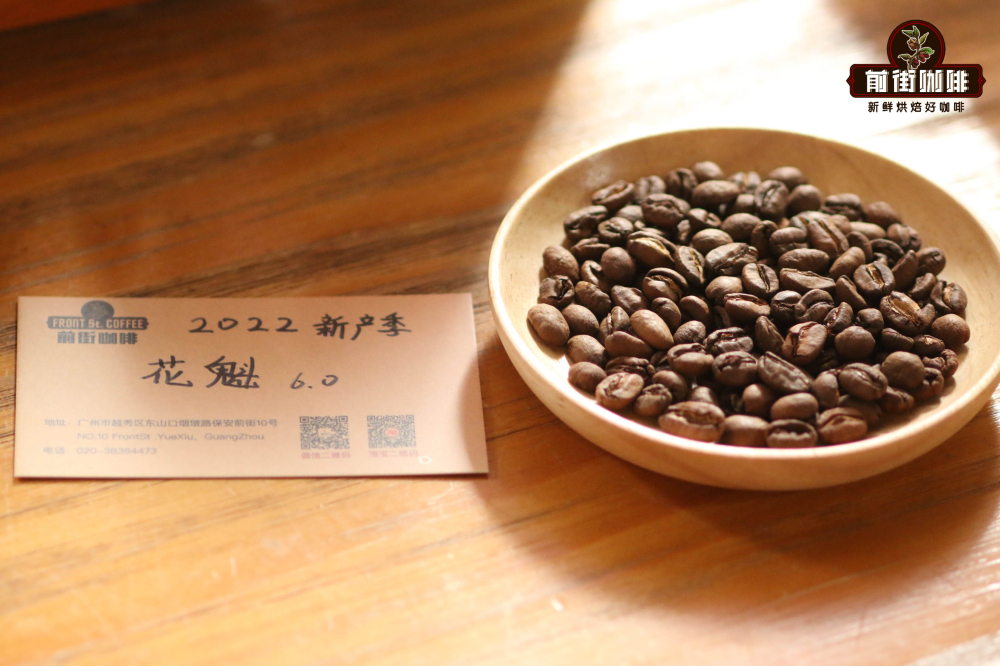
"Why can't I see this coffee bean abroad?" Because "Hua Kui" is a Chinese name! In foreign countries are known as Hambella (Hambella) producing areas sun (Natural) processing coffee beans. After winning the championship in 2017, DW further increased the number of processing plants in Dimtu, the core production area of Hambella, under the banner of "Buku Abel","Buku Saysay","Haro Soresa" and "Tirtiro Goye", with an annual coffee production of about 1100 tons. In terms of growing areas and processing plants, only those from the processing area of the Buku Abel processing plant cover the small areas where the sun coffee beans were originally produced.
Each year, new coffee beans from the Quimbera region are introduced, and strictly speaking, only the beans from the Buku Albel processing plant, which are sun-treated and native to Ethiopia, can be called "Flower X.0". However, when Qianjie Coffee tested the coffee beans of each new season in the cup, it was found that the overall mellow and aftertaste of the coffee beans of the later season were not as good as those of 2017. However, in 2018 and 2019, it was also some smaller coffee beans from the Hamberra buku processing plant that tasted closer to the 17-year-old coffee beans.
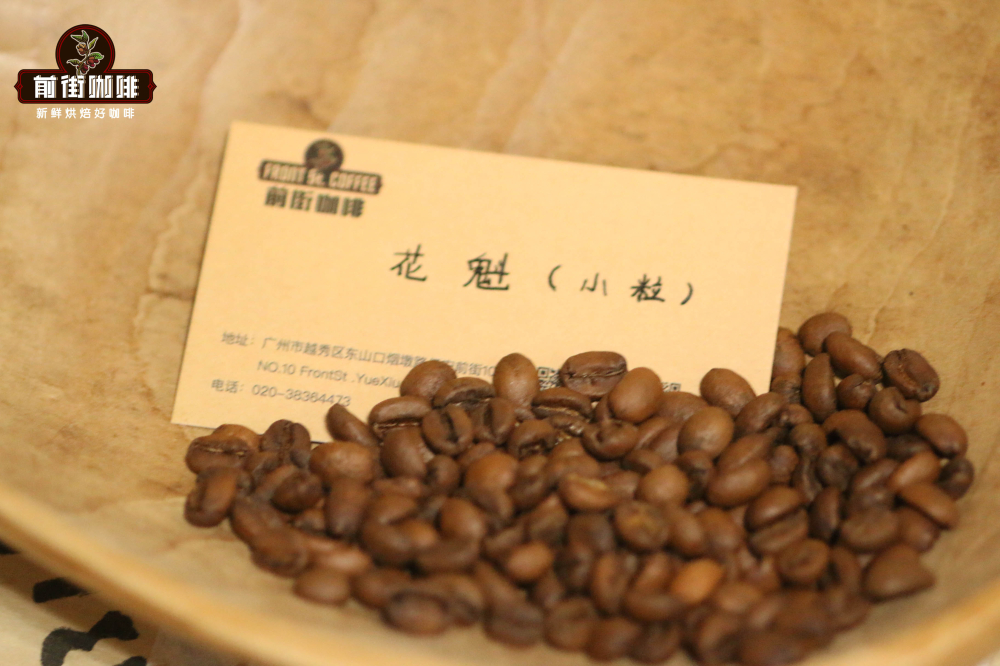
By comparing different batches of Huakui, Qianjie realized that the main source of Huakui aroma in 2017 was some special small varieties of Huakui coffee beans, and the amount of these small coffee beans was not much. There were several bags of Ness small coffee beans in ten sacks of Huakui coffee X.0 beans. After 18 and 19 years of cup testing, Front Street Coffee determined that the main aroma source of coffee beans came from these rosettes, and told this information to the green bean merchants. In 2020, however, the flowers split into 4.0 and small-sized flowers, so that small-sized flowers do not belong to the series of [X.0]. Similarly, in 2022, two kinds of beans were named as small flower and flower 6.0 respectively.
At this point, we can understand that "Huakui" is only the name of the domestic raw bean business, and in fact it is the original sun-dried species of the Hambera buku processing plant. Ethiopia's native species are not specific to a single species. As the birthplace of coffee varieties, Ethiopia has too many coffee varieties. It is like the natural gene bank of Arabica. On the one hand, there are many varieties and it is difficult to identify and classify them. On the other hand, the Ethiopian government is unwilling to disclose the information of these varieties for protection reasons, so it is collectively referred to as Ethiopia's native species.
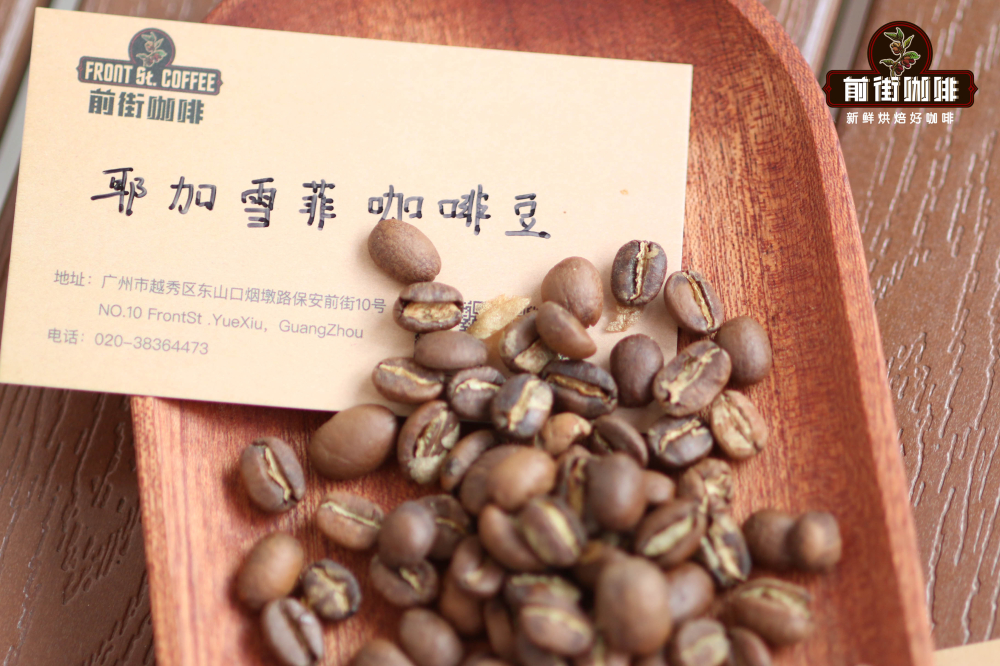
Because of the variety, so mixed planting, mixed harvest, so Ethiopia's native varieties of beans will be different sizes. So this is also why there are some smaller coffee beans in the same batch X.0.
As one of the most traditional coffee bean extraction methods, the sun treatment method is to harvest and select the coffee fruit, and then remove the pectin from the peel and pulp after the original fruit is sun-dried to 13% moisture content. Therefore, during the drying process, the sugar in the pectin of the coffee pulp will be fermented at high temperature, and part of the sugar and fermented aroma will be converted into coffee beans. Therefore, Front Street Coffee believes that sun-treated coffee beans have a distinct sweet taste and a pleasant light fermentation aroma.
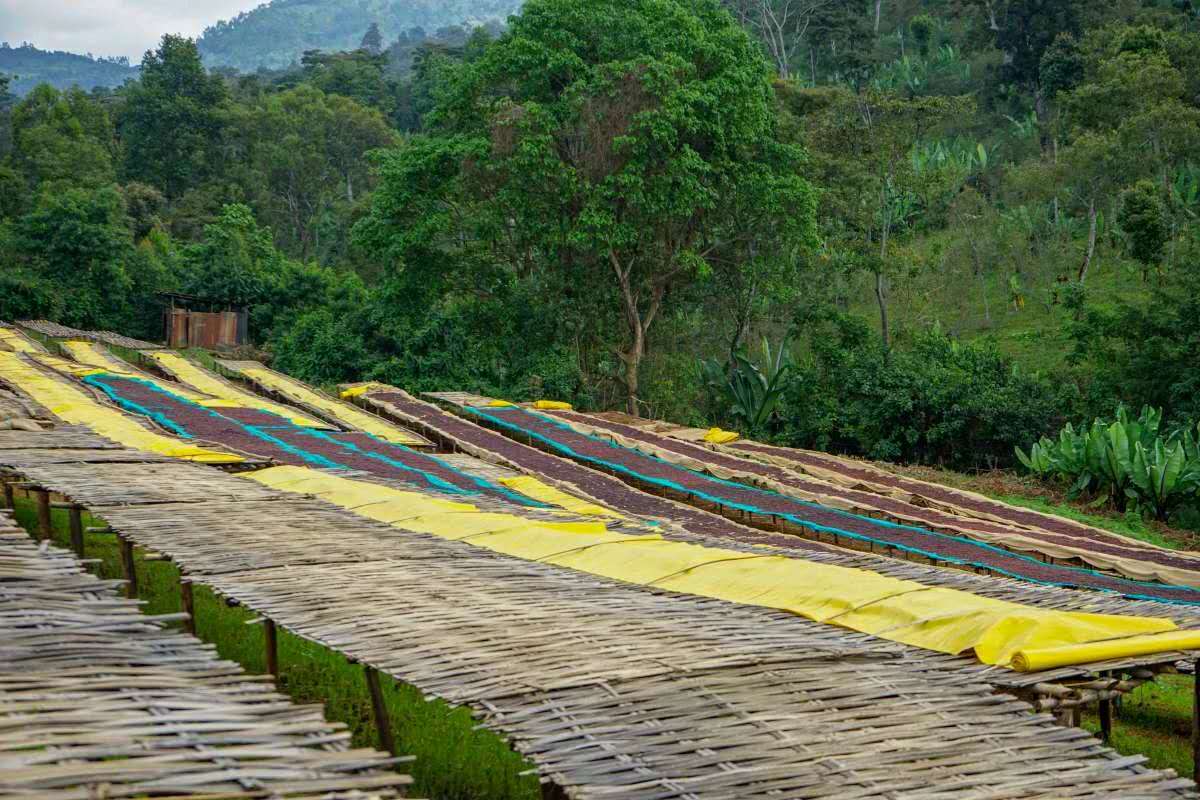
When Front Street Coffee roasts Huakui coffee beans, the roaster will lightly roast the beans in order to reflect the flavor of its floral aroma. Therefore, the structure of coffee beans will not change much. The large temperature difference between day and night formed in the high altitude environment of Hambera producing area in Ethiopia prolongs the growth time of coffee beans, the structure of coffee beans themselves will be more compact, the beans will be harder, and the substances extracted will not be easily dissolved in water.
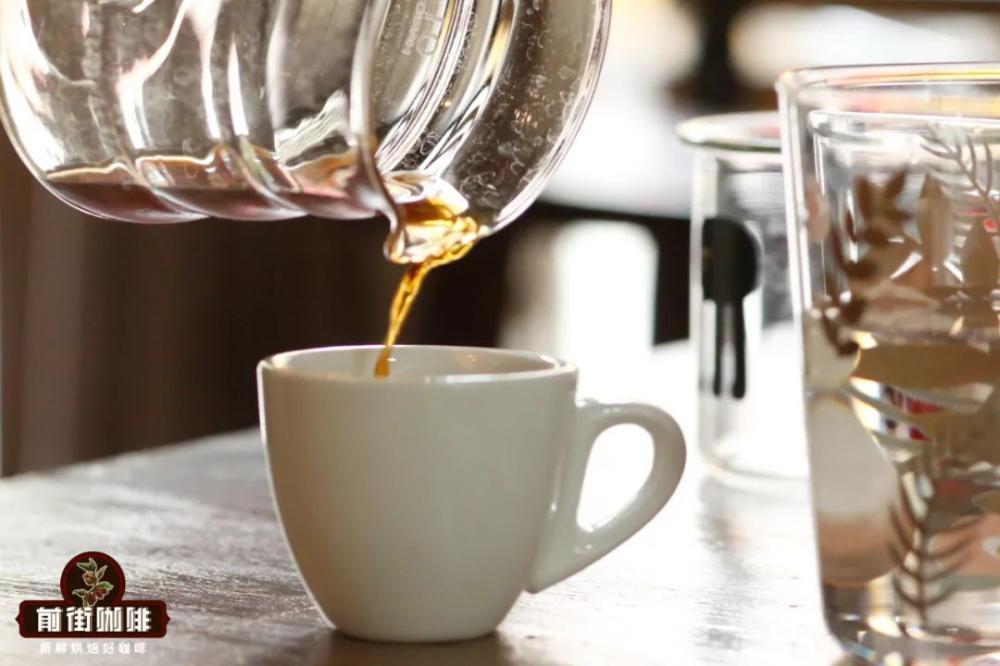
Therefore, Qianjie Coffee recommends that you use medium and fine grinding (75%-80% sieving rate of China No.20 standard sieve) when brewing Huakui coffee beans, match with 90-91 degrees Celsius water temperature, and brew with 1:15 powder and water ratio. After everything is ready, adopt the three-stage brewing method: start timing, the first water injection to 30g water, 30s stewing; then start the second small water injection to 125g, wait for the powder bed water to drop to half, then continue small water injection to 225g, after all the drip filtration, the total extraction time is about 2 minutes 20 seconds-2 minutes 30 seconds.
Front Street Coffee Arabica Coffee Bean Flavors: Passion Fruit, Fermented Bouquet, Strawberry, Jackfruit, Black Tea.
Professional coffee knowledge exchange More coffee bean information Please pay attention to coffee workshop (Weixin Official Accounts cafe_style)
More fine coffee beans, please add private WeChat Qianjie Coffee, WeChat: qjcoffeex
Important Notice :
前街咖啡 FrontStreet Coffee has moved to new addredd:
FrontStreet Coffee Address: 315,Donghua East Road,GuangZhou
Tel:020 38364473
- Prev

How many kinds of coffee are there? Flavor evaluation of milasu raisin-treated rose summer coffee, costa rica rose summer.
Milasuxia blend coffee beans used in raisin honey treatment. The owner will first select the harvested coffee fruits, put the selected coffee fruits on an elevated bed to dry for at least three days, and then remove the peel and retain the pectin before drying. During the drying process, the coffee beans will be continuously turned over to dry.
- Next

Shirley barrel brewed coffee beans | Honduras Shirley barrel coffee beans flavor introduction _ Shirley barrel brewed coffee beans taste good
Honduras Shirley barrel coffee bean is a very famous coffee bean. Today, let's introduce the producing area of Honduras and this coffee bean. Honduras is a big coffee producing country. At present, 110000 coffee farmers grow coffee beans, mainly for manual picking. Its total coffee export ranks seventh in the world, with an average of high planting.
Related
- Guji coffee producing area of Guji, Ethiopia: Humbela, Shakiso, Wulaga
- What is the most expensive variety of Qiloso in BOP multi-variety group?
- How to store the coffee beans bought home?
- Why are Yemeni coffee beans so rare now?
- Ethiopian Sidamo all Red Fruit Sun Sun Santa Vini Coffee beans
- SOE is mostly sour? What does it mean? Is it a single bean? what's the difference between it and Italian blending?
- Is Italian coffee beans suitable for making hand-brewed coffee?
- How to choose coffee beans when making cold coffee? What kind of coffee beans are suitable for making cold coffee?
- Just entered the pit to make coffee, what kind of coffee beans should be chosen?
- Can only Japan buy real Blue Mountain Coffee? What are authentic Jamaican Blue Mountain coffee beans?

